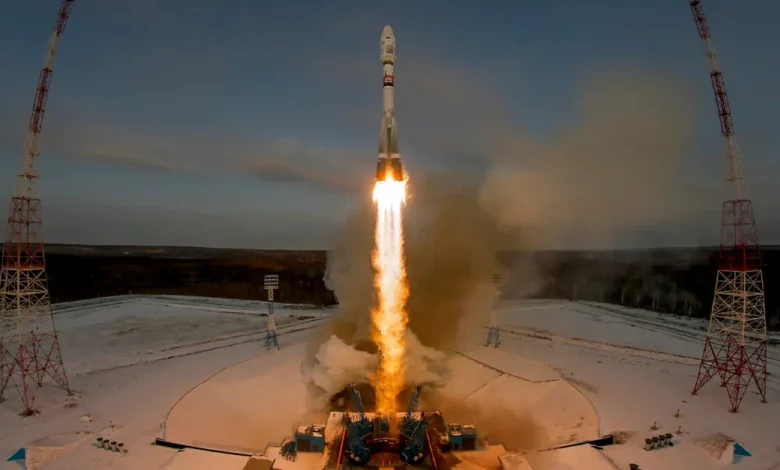Daily Current Affairs for UPSC
Russia testing a new anti-satellite weapon
Syllabus: Science and technology[GS Paper-3]

Context:
- Mr. Kirby also said that Russia has not deployed this “capability” yet which gives us an idea that the object is not in orbit and that they are still following the OST, i.e. a multilateral treaty that clearly prohibits weapons of mass destruction from being placed in the orbit of the Earth.
- In his statement, John Kirby, Spokesperson of the U.S. National Security Council, politely confirmed the existence of the “anti-satellite weapon” of Russian origin based in space.
Anti-Satellite Weapons (ASAT):
- The Anti-satellite (ASAT) technology pertains to the ability to intercept, disable, or eliminate satellites in orbit.
- It is primarily developed for defence and strategic purposes.
Types:
- ASATs are divided into two main categories: those that use force and those that do not.
- Such aggressive techniques use the missiles which are basically launched to destroy the satellites by means of physical collisions.
- These satellite-destroying ASATs can become ballistic missiles, drones, and other satellites and reach the upper atmosphere.
- Furthermore, the practices of nonviolence employ cyber-attacks, jamming and lasers to disrupt the satellites, without causing physical damage.
- Such attacks can originate from aircraft, shallow orbits, or ground platforms.
Countries possessing Anti-Satellite (ASAT) technology:
- During the time of the Cold War, Anti-Satellite (ASAT) weapons were initially created.
- These weapons have never been utilised in actual combat situations, but have been employed to eliminate retired satellites.
- In addition to India, three other nations – the United States, Russia, and China – have effectively showcased their ASAT technology through testing.
Importance of developing Anti-Satellite (ASAT) technology:
- ASAT weapons can be developed to serve as a way of maintaining national security by maintaining security of important infrastructures, military communications, and intelligence-gathering that rely on satellites.
- There are numerous dummy satellites in orbit at the moment that are to be destroyed instead.
- Above all ASAT capabilities can be a deterrent to potential enemies by the defence of space assets and the option of retaliation when satellites are targeted at.
- Technological development contributed to making those countries ASAT capable.
Consequences of using anti-satellite weapons:
- The creation of space debris from destructive ASAT tests poses a serious threat to satellites and spacecraft in space, increasing the risk of collisions.
- This can lead to a situation called Kessler Syndrome, where the amount of space debris continues to increase, causing more collisions and making space activities more dangerous.
- The proliferation of ASAT capabilities may result in an arms race in space, leading to the weaponization of space.
- Due to the dangers of debris, there is international concern and calls for a global ban on destructive ASAT tests.
Conclusion:
- The discovery of a possible Russian anti-satellite weapon in space highlights the vulnerability of global satellite systems and the dangers of weaponizing space.
- This situation has raised concerns about international security and arms control in space, especially in the midst of ongoing geopolitical tensions.
Source: The hindu
UPSC Mains Practice Question:
Q.Analyse the importance of the development of Anti-satellite weapons for strategic military purposes. Will India’s Anti-satellite weapon test spark an arms race in space? (150 words)





.png)



